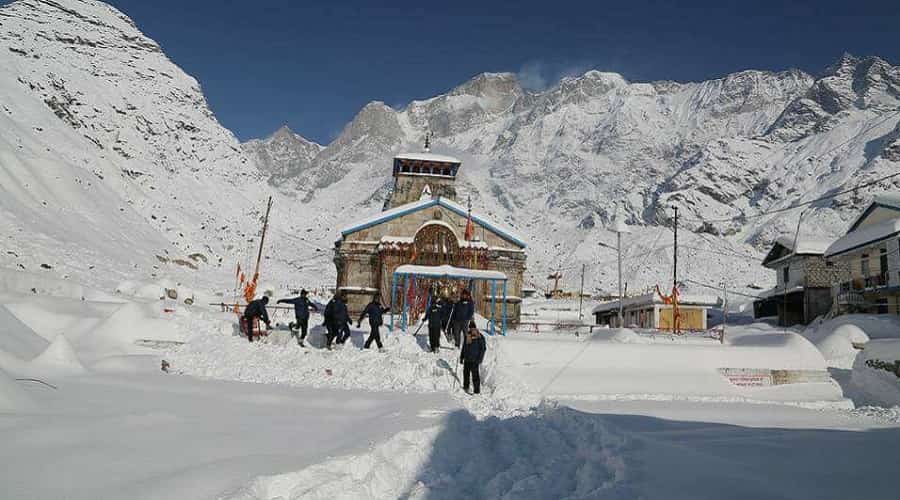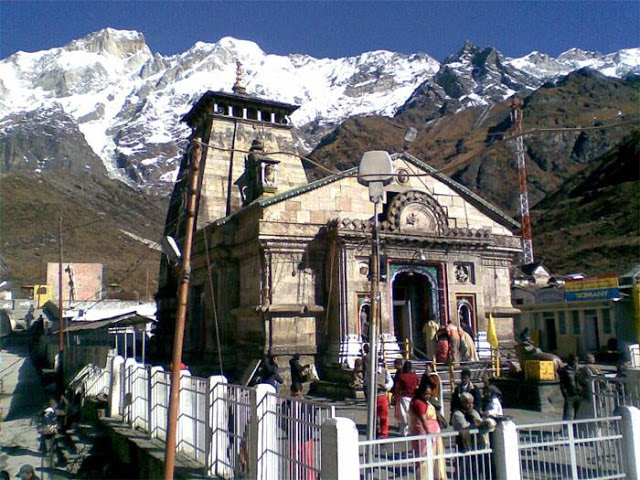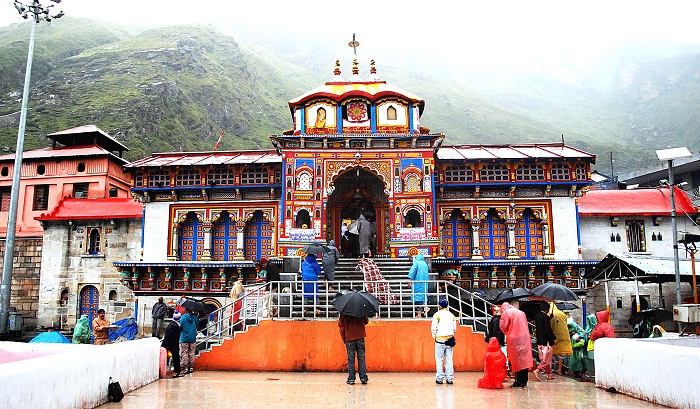A journey of four holy rivers of India, namely Ganga, Yamuna, Mandakini, and Alaknanda, is an experience you don’t want to miss. It is a trip, taking you to the four prominent holy destinations and is an unforgettable experience for all the devotees. Chota Char Dham is a spiritual tour of four pilgrimage sites in India, namely Yamunotri, Gangotri, Kedarnath, and Badrinath, all present in Uttarakhand. Hindus believe that everybody must visit these places during their lifetime.
Best Time to Visit
Although, the four places remain open from Akshaya Tritiya to Bhai Dooj. The best time to visit them is between May and June as the weather is pleasant and the climatic conditions work in our favor. It takes approximately 11-12 days to complete the Yatra. You will meet people from around the world, some worshipping, while others just exploring these mesmerizing sites.
Opening Dates
- Yamunotri: 10th May 2024
- Gangotri: 10th May 2024
- Kedarnath: 15th May 2024
- Badrinath: 16th May 2024
Closing Dates
- Yamunotri: 31th October 2024
- Gangotri: 2nd November 2024
- Kedarnath: 2nd November 2024
- Badrinath: 9 November 2024
Places to Visit Along the Way
Tapovan: It is a seasonal home to several sadhus living in caves, huts, etc. In the past few years, it has transformed into a popular trekking destination and people from far-off places come to see the expansive grasslands of Tapovan, which are decorated with different flowering plants.
Gaumukh: This glacier acts as the source of water for the River Ganga, and this is why it is really special to the Hindus. It is at a walking distance of 18 kilometers from the Gangotri Glacier. The place where this glacier ends resembles a cow’s mouth, and so the name Gaumukh.
Chopta: This valley is quite famous among tourists. It’s located away from all the hustle-bustle. You can come to relax here, or you can also take part in adventure sports.
Hemkund Sahib: This Gurudwara, situated near a lake, is dedicated to the tenth Sikh Guru, Guru Govind Singh Ji. Find your inner peace by meditating at the Gurudwara and you can admire its beauty at the same time.
Auli: A cold haven, visited by many all year round. It’s a skiing hub and is surrounded by all sorts of vegetation. The snowy mountain peaks and the thick forests, give it a warm and cozy feel.
Vasuki Tal: It’s a lake that lies nears Kedarnath. The most beautiful landscape that you will ever come across. The lake freezes in winter and there is no sign of any vegetation around it.
The Journey
This is the basic outline of how your Yatra would be.
Yamunotri Dham
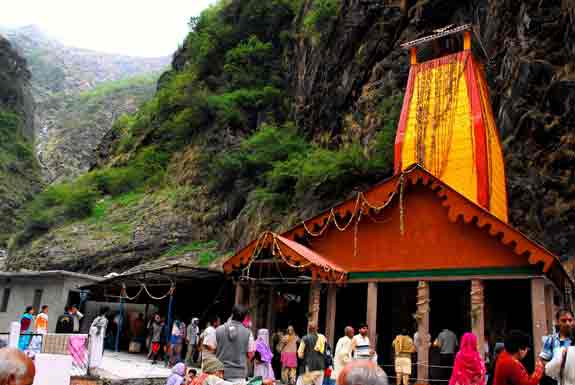
It will probably begin from Barkot. You will drive up to the Yamunotri Dham which will be followed by a 7 km trek. Or you could also visit Uttarkashi, which is just about 100 km from the Gangotri Dham.
Yamuna, the second most sacred river in India, originates from Yamunotri. The Yamunotri temple is believed to be constructed by the king of Tehri, Naresh Sudarshan Shah in 1839. It is one of the pilgrimage sites you will see on this tour. The temple itself is a work of art, and the devotees make it more serene and beautiful. The Yamuna River looks breathtaking while flowing down from one side of the temple.
Gangotri Dham
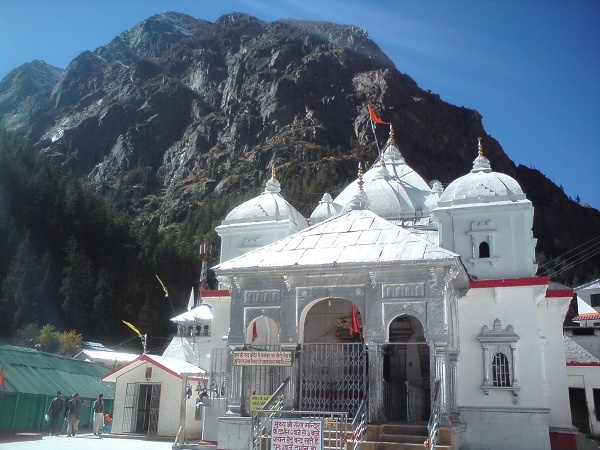
Located in the Uttarkashi district of Uttarakhand, this is one of the four sites which make up the Chota Char Dham. The shrine is very special to the Hindus because of its incomparable beauty. Another key factor is that legends believe that this place is the origin of the river Ganga after it descended from heaven. The present shrine was built by Gorkha Commander, Amar Singh Thapa in the early 18th century. The river has always been considered the purest. People visit this place to attain Moksha.
Kedarnath Dham
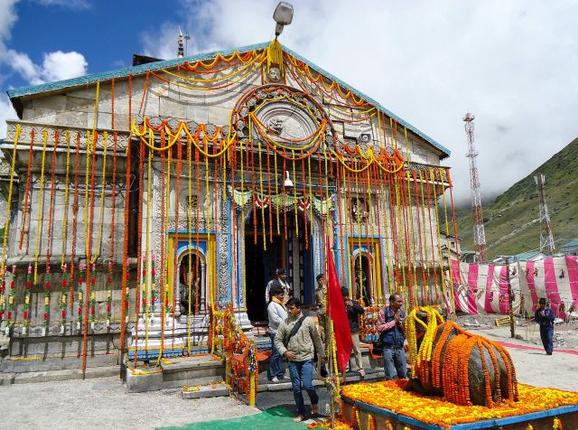
From here, you can drive to Kedarnath, which is about 180 km from Uttarkashi, which will be followed by a 21 km trek uphill.
In this ancient temple, we find inscriptions written in Pali. The present temple was built by Adi Shankaracharya Ji. On the inner walls of the temple, there are sculptures of various deities and scenes from mythology. On the outside of the temple, there is a large statue of the Nandi Bull. The temple is set amidst the mountains of the Garhwal Himalayas. The Kedarnath shrine is surrounded by breathtakingly beautiful snow-covered mountains. You will definitely feel at peace after visiting this place.
Badrinath Dham

Then on to Rudraprayag which is just 160 km away from Badrinath Dham, the final Dham in your Yatra.
Situated in the Chamoli district of Uttarakhand, this religious site is set in the backdrop of the Neelkanth mountain peak, which leaves one breathless. Believed to be the home of Lord Shiva, this place holds a lot of myths and legends. People from around the world visit this place, to listen to the tales of the gurus and the sadhus. This place is especially busy during the festival of Mahashivratr.
Alternative Options
You may want to complete your Yatra within a few days. To do this, opt for the Chardham Helicopter Tour. Beginning from Yamunotri, the journey continues on to Gangotri, Kedarnath, and concludes at Badrinath. It will take around 4-5 days, but you will be able to enjoy the trip at your own pace.
Some Last-Minute Tips
- Wear comfortable and warm clothing at all times.
- Do not attempt to do the journey, if not feeling well.
- Carry all kinds of medicines with you.
- Stay close to your, family/friends.
- Carry some kind of identity card, in case of an emergency.
- Hire a guide/use maps, if you are not sure of the routes.
- Carry a cheap/local cellphone for safety purposes.
Have a safe journey!
